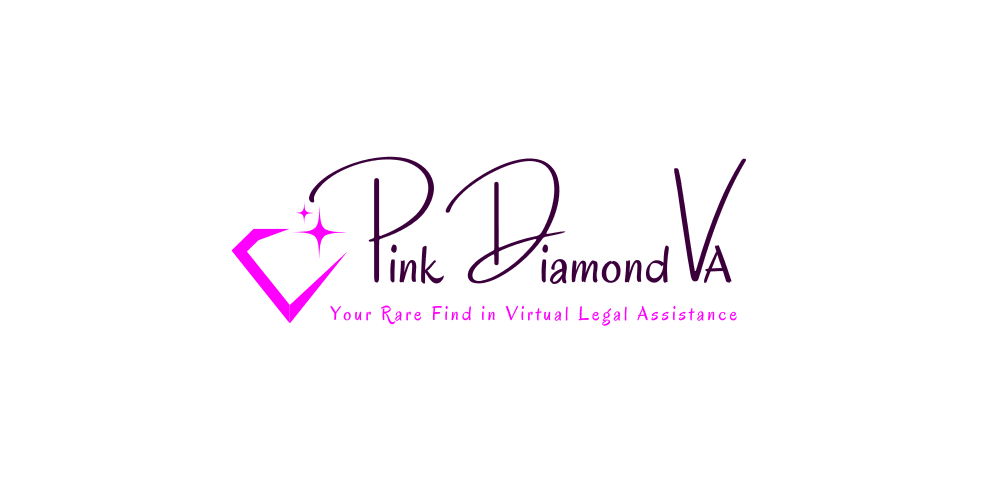Email is an essential tool for communication in the business world, but it can quickly become overwhelming. If you're spending hours everyday sorting through your inbox, it may be time to streamline your email management. Effective email management not only boosts productivity but also helps you stay organised and on top of your priorities. Here’s how to manage your email more efficiently and reclaim your time.
1. Set Specific Times to Check Emails
Constantly checking your email throughout the day can lead to interruptions and decreased focus. Instead, schedule specific times to review your inbox – perhaps in the morning, after lunch, and before the end of the day. This strategy allows you to focus on important tasks without getting sidetracked by email notifications.
To avoid the temptation of checking emails, turn off notifications outside of these scheduled times. This simple change can help you stay focused on high-priority tasks without constant interruptions.
2. Use Folders and Labels
Organising your inbox with folders or labels can drastically reduce clutter and help you locate emails more quickly. Create folders based on categories such as:
Urgent/High Priority
Follow-Up
Clients
Projects
Invoices/Receipts
Once you have these folders in place, move incoming emails into the relevant folder to keep your main inbox clear. Many email providers allow you to automate this process using filters, so certain emails are automatically directed to specific folders based on sender or subject.
3. Master the Art of Email Filters
Filters can be a powerful tool to automate your email management. You can set rules for incoming emails based on criteria such as the sender, subject line, or keywords. For example, you can create filters that:
Automatically move promotional emails into a "Promotions" folder.
Direct all client communications to a "Clients" folder.
Flag emails from your boss as high-priority.
By using filters, you ensure that emails are automatically organised and categorised, saving you time and helping you focus on more critical tasks.
4. Use Templates for Repetitive Emails
If you frequently send the same type of emails – such as responses to client inquiries, follow-up emails, or onboarding messages – consider creating templates. Email templates save time and ensure that your communication remains consistent. Most email clients allow you to save drafts or templates that you can customise when needed, reducing the time spent crafting repetitive messages.
5. Unsubscribe from Unnecessary Newsletters
A cluttered inbox is often filled with promotional emails and newsletters that are no longer relevant. Set aside time to unsubscribe from newsletters you no longer read or that don’t provide value to your business. Use tools like Unroll.Me or manually unsubscribe to cut down on the number of emails you receive. By reducing email clutter, you can focus on the messages that matter.
6. Use the Two-Minute Rule
The two-minute rule is a simple but effective strategy: If an email will take less than two minutes to respond to or address, deal with it immediately. For longer emails that require more thought or action, move them to a separate folder or flag them for follow-up. This approach prevents emails from piling up and keeps your inbox manageable.
7. Turn Emails into Tasks
For emails that require action, such as project updates or meeting follow-ups, turn them into tasks within your preferred task management system. Tools like Trello, Asana, or even Google Tasks allow you to turn emails into action items with deadlines, ensuring that important tasks don’t slip through the cracks.
By turning emails into tasks, you can prioritise your workload more effectively and clear your inbox of messages that need follow-up.
8. Archive Old Emails Regularly
Rather than letting old emails sit in your inbox, get into the habit of archiving messages you no longer need. Most email clients allow you to archive emails with a single click, removing them from your main inbox while still making them accessible if you need to reference them later. Archiving old emails declutters your inbox and helps you focus on new, relevant messages.
9. Leverage Email Tools and Extensions
There are numerous email management tools and extensions designed to streamline your workflow. Tools like Boomerang and FollowUpThen allow you to schedule emails to be sent later or set reminders to follow up on messages. These tools can help you manage email communication more effectively, particularly if you need to send reminders or ensure timely responses.
10. Adopt the "Inbox Zero" Method
The "Inbox Zero" approach encourages users to process each email in their inbox by either responding to it, archiving it, deleting it, or turning it into a task. The goal is to keep your inbox empty or close to empty at all times. While this may seem daunting, the method can dramatically improve email management by forcing you to make quick decisions about each message.
By adopting Inbox Zero, you’ll be able to prioritise your time and focus on the tasks that matter most, rather than getting bogged down by a cluttered inbox.
Conclusion
Effective email management is about working smarter, not harder. By implementing strategies like scheduling email checks, using filters and folders, and automating repetitive tasks, you can reduce email overload and focus on the work that drives your business forward. Remember, the goal is to make email a tool that enhances productivity, not a constant source of distraction. With these tips, you can streamline your email management and regain control over your inbox.
